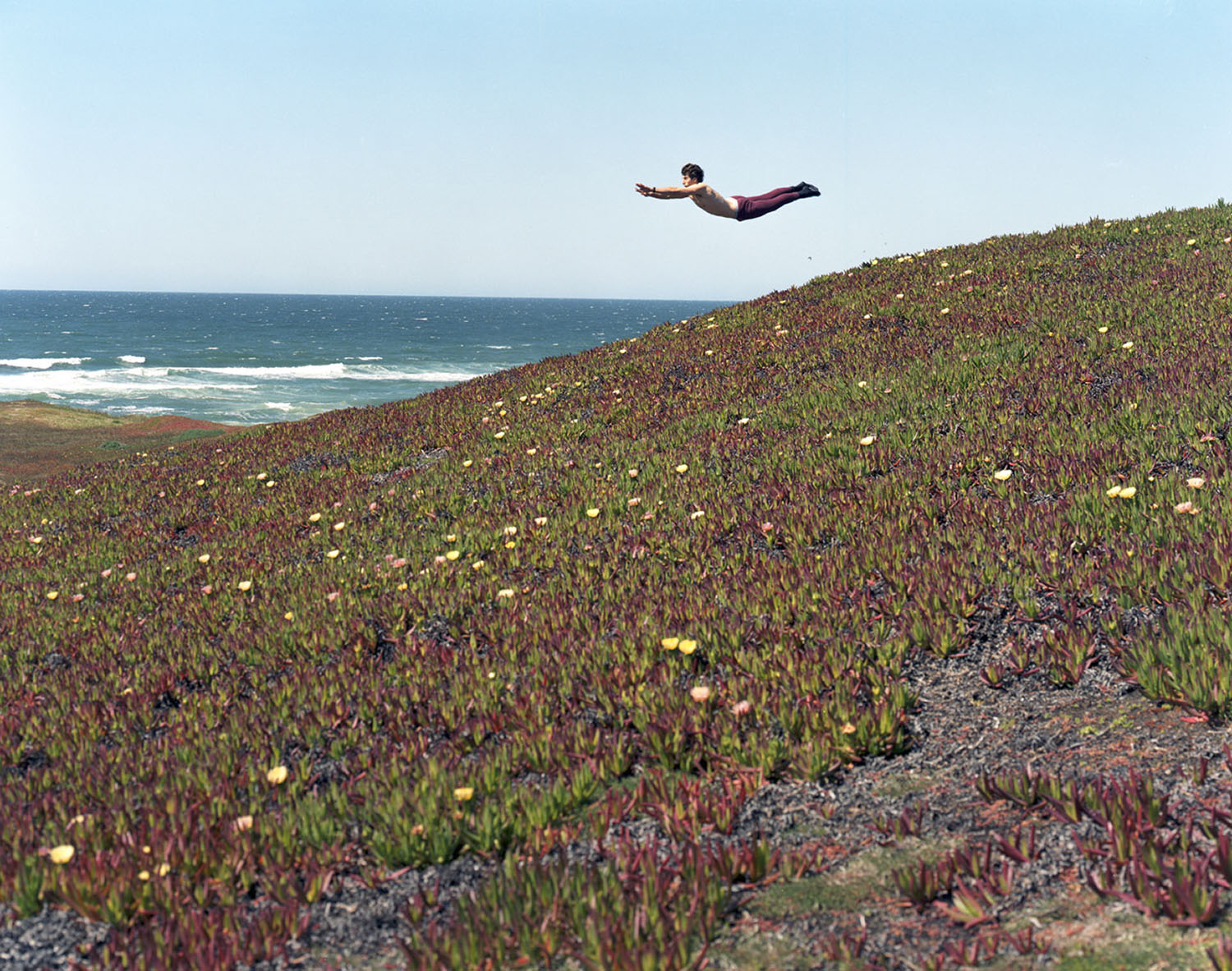
Jon Feinstein, a co-curator at the Humble Arts Foundation, presents a series of landscape images he curated for TIME LightBox, examining the legacy of the New Topographics movement of the 1970s and how landscape photography can blossom into new and uncharted territories.
For nearly a decade, the Humble Arts Foundation has been dedicated to championing new ideas in photography, and creating opportunities for early career photographers to get their work in front of influential professionals. Throughout all this, a thread that’s run steadily through all our projects is an interest in how the proliferation of photography online since 2000 has allowed photographic genres to break down, mutate and evolve faster than ever before, both in the studio and the trenches of the world at large.
Selecting work for “Other Landscapes,” we apply this filter to contemporary landscape photography to examine how it, as a genre, can lean on unexpected traditions and practices. Many landscape photographers who have emerged over the past 20 years have been making work that is heavily influenced by New Topographics photographers of the 1970s like Stephen Shore, Lewis Baltz, Robert Adams and Bernd and Hilla Becher. The term, coined by curator William Jenkins who organized the pivotal 1975 exhibition of this work at The George Eastman House in Rochester, New York, reflected a rejection of the grand classical landscapes that proceeded them in exchange for a more realistic attention to the banal, sometimes industrial details that were replacing them.
Often large format, today’s disciples of the New Topographics tackle ideas ranging from how the eye travels through space to their ongoing challenges with an increasingly developing world and the general intersection of the natural and the synthetic. Like the Bechers, their work can be coldly typological, and at times it includes the industrial structures of strip mall culture, occasionally nodding in appreciation to the overlooked details the everyday. While there is no shortage of inspirational work in those who follow this tradition, and we continue to find it as moving as its predecessors, we’re curious about landscape photography’s next step. If Ansel Adams’ generation elevated the land, and Stephen Shore’s applied a banally realistic approach, what’s next? How the genre can blossom into new, uncharted territory, and how has it done so in the past 15 years? How can it build on these traditions but incorporate other influences as well? How can it look outside of photography and get more fluid? How has technology updated the conversation?
The work we selected here breaks from conventions in contemporary landscape photography by sharing equal influence in Shore, the Bechers, Robert Adams and Lewis Baltz with even some of the ideas raised with Robert Smithson’s 1970 landscape intervention, The Spiral Jetty. While many of the photographers included in this selection in some way reference the formal traditions of the New Topographics, each also inserts his or her hand into the process with varying interpretations of intervention. These 14 contemporary photography-based artists take both Smithson and the New Topographics’ approaches to new heights using performance, material intervention and digital manipulation to rethink how they view and experience the natural world. Whether it’s Daniel Gordon flying over classically majestic fields (without the aid of Photoshop), Richard Mosse using Infra Red film to give us new perspective on the war torn Congo, or Alejandra Laviada painting bright colors onto industrial structures she finds in the forest, these 15 photographers make us excited to look at landscapes again with ever expanding eyes.
The Humble Arts Foundation, co-created by Feinstein and Amani Olu, has worked with more than 2,000 artists, published two volumes of The Collectors Guide To New Art Photography, and produced over 40 online and brick and mortar exhibitions with galleries and organizations such as Phillips de Pury, the Magenta Foundation and Newspace Center for Photography.

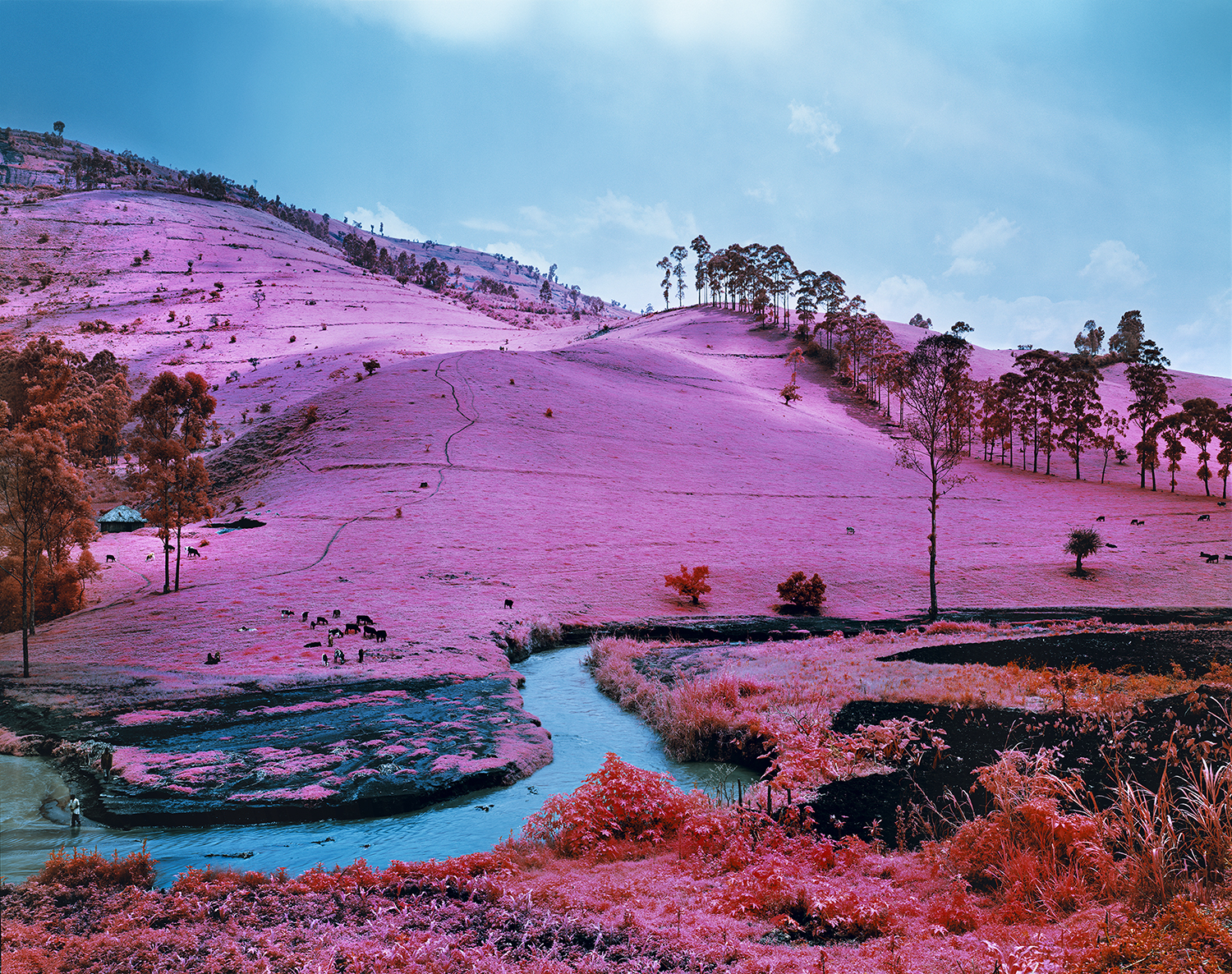
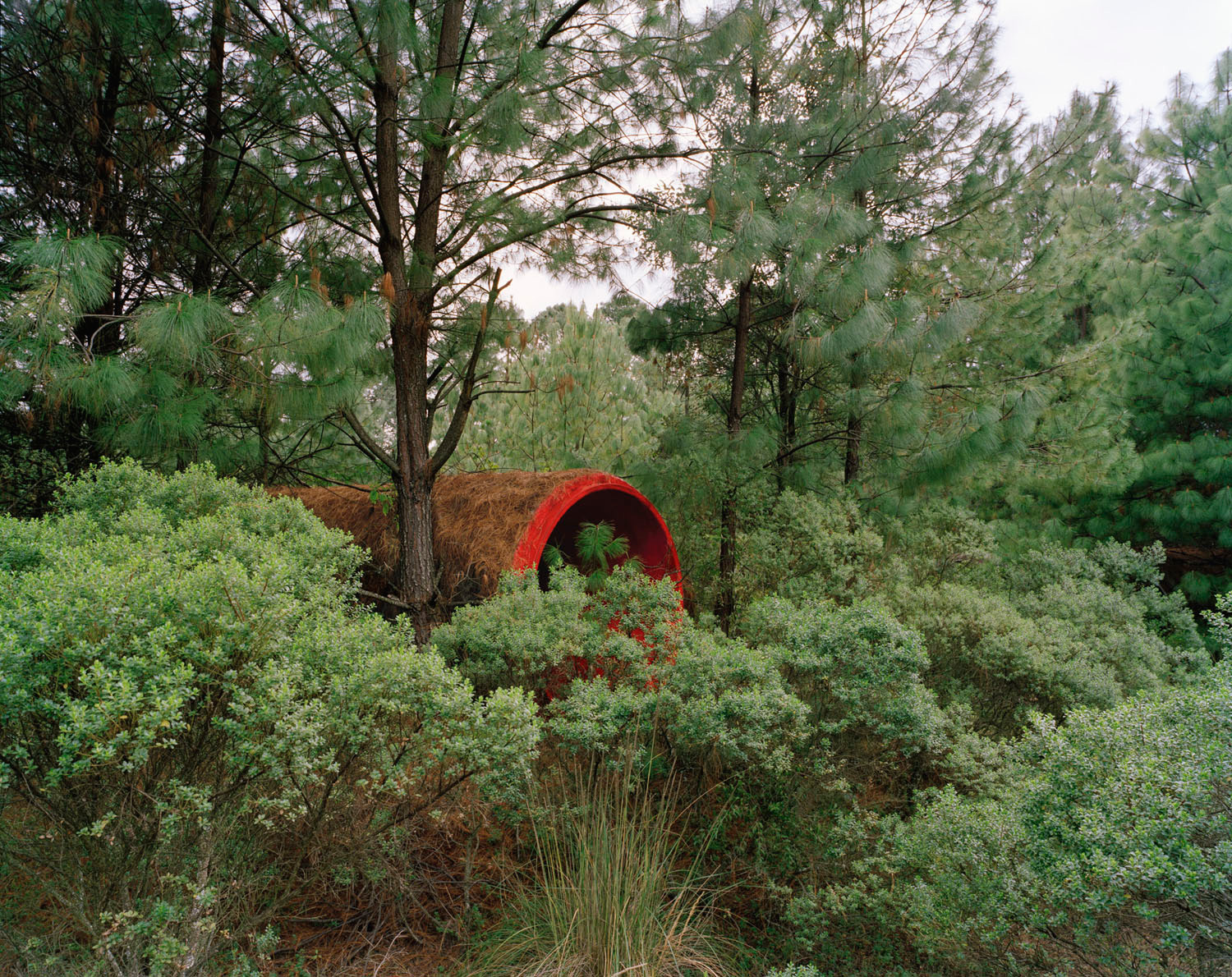

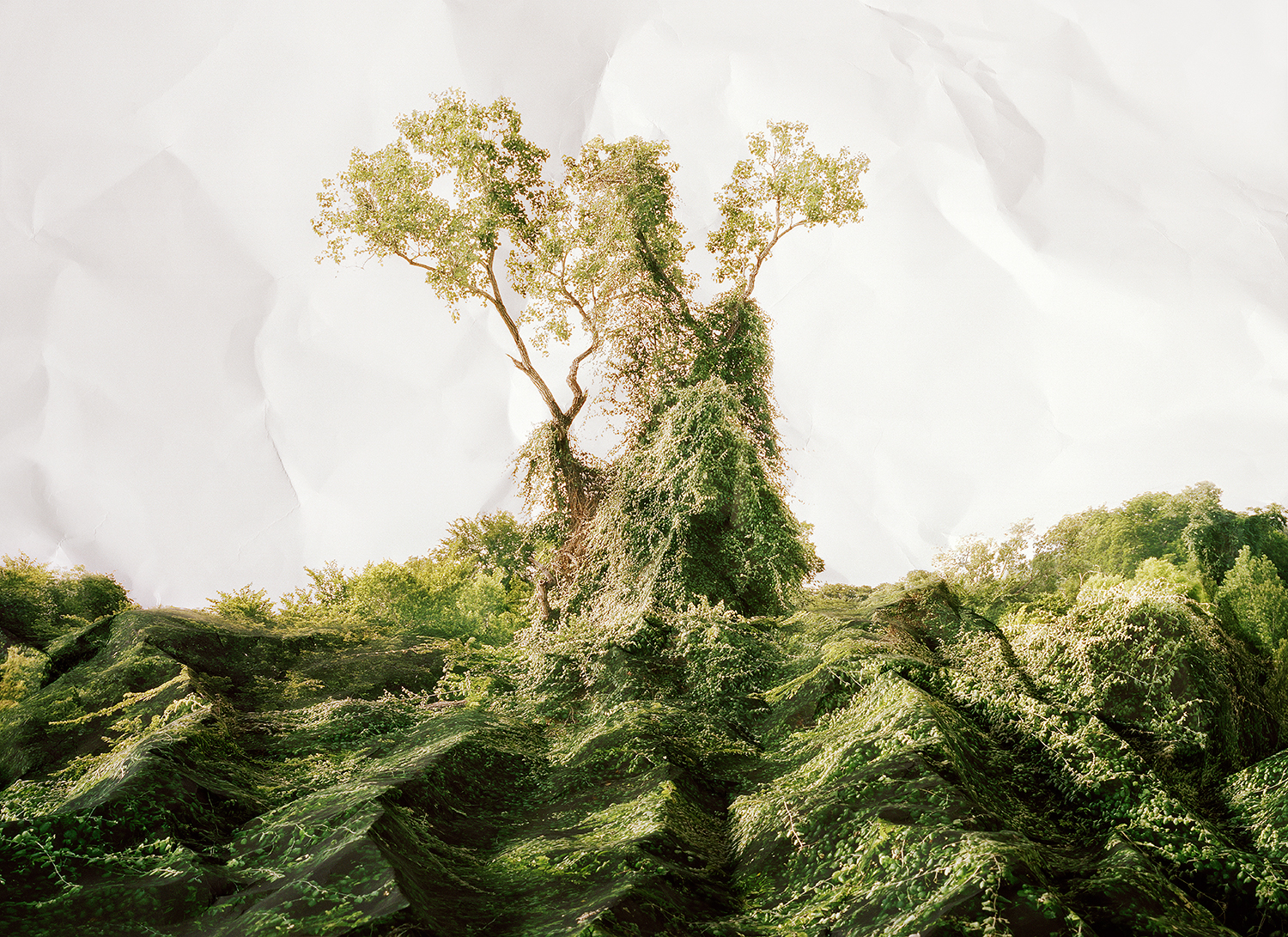
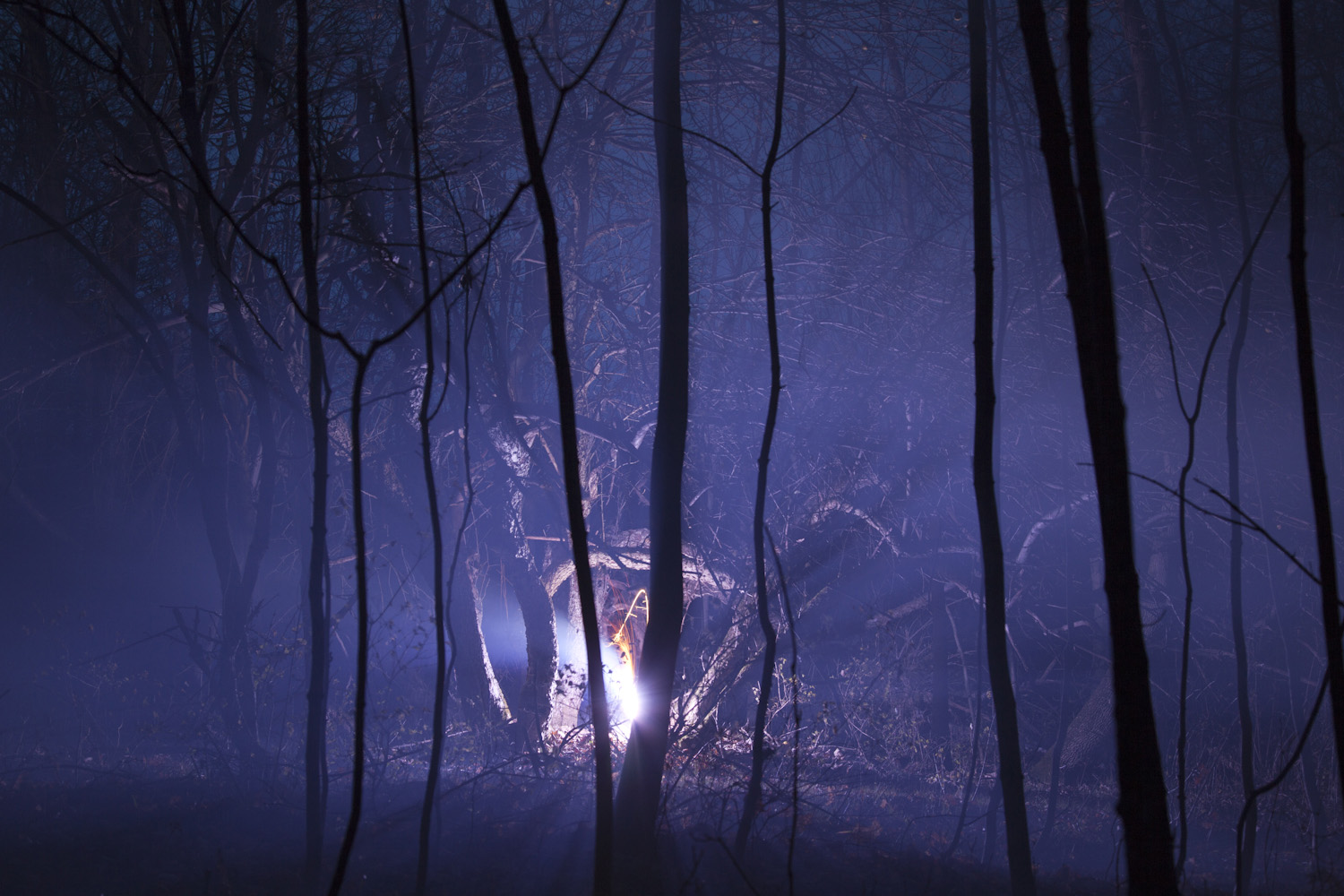
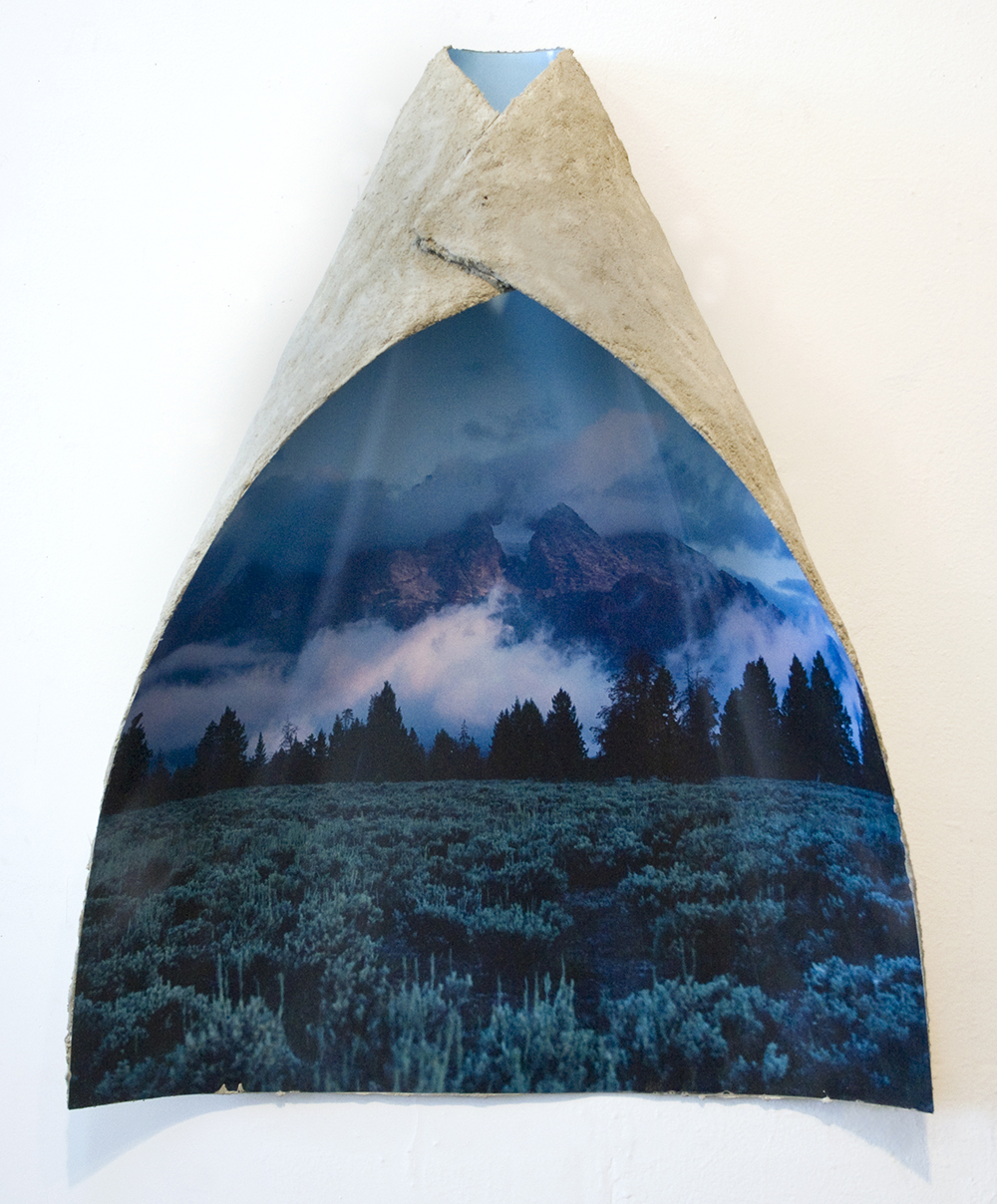

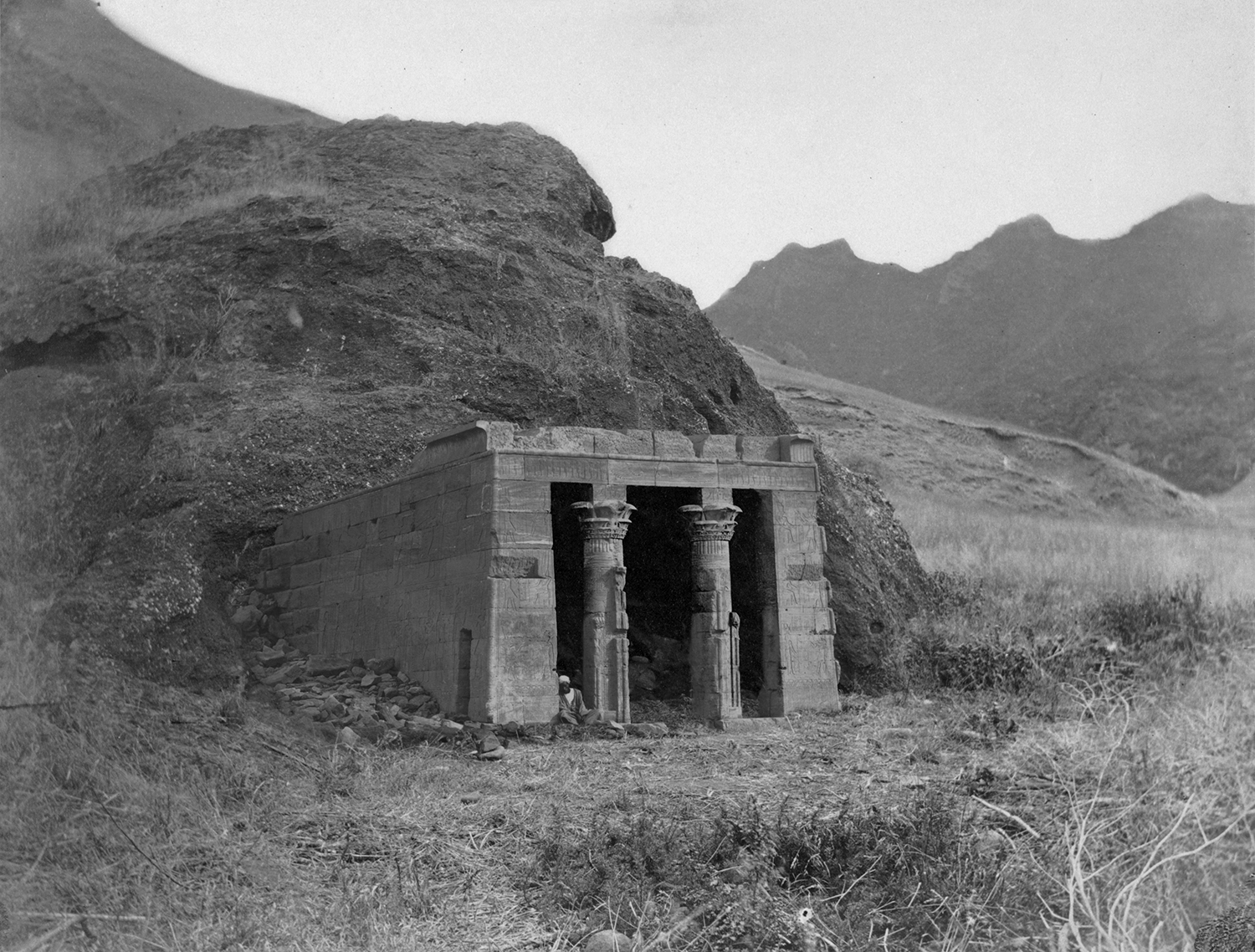

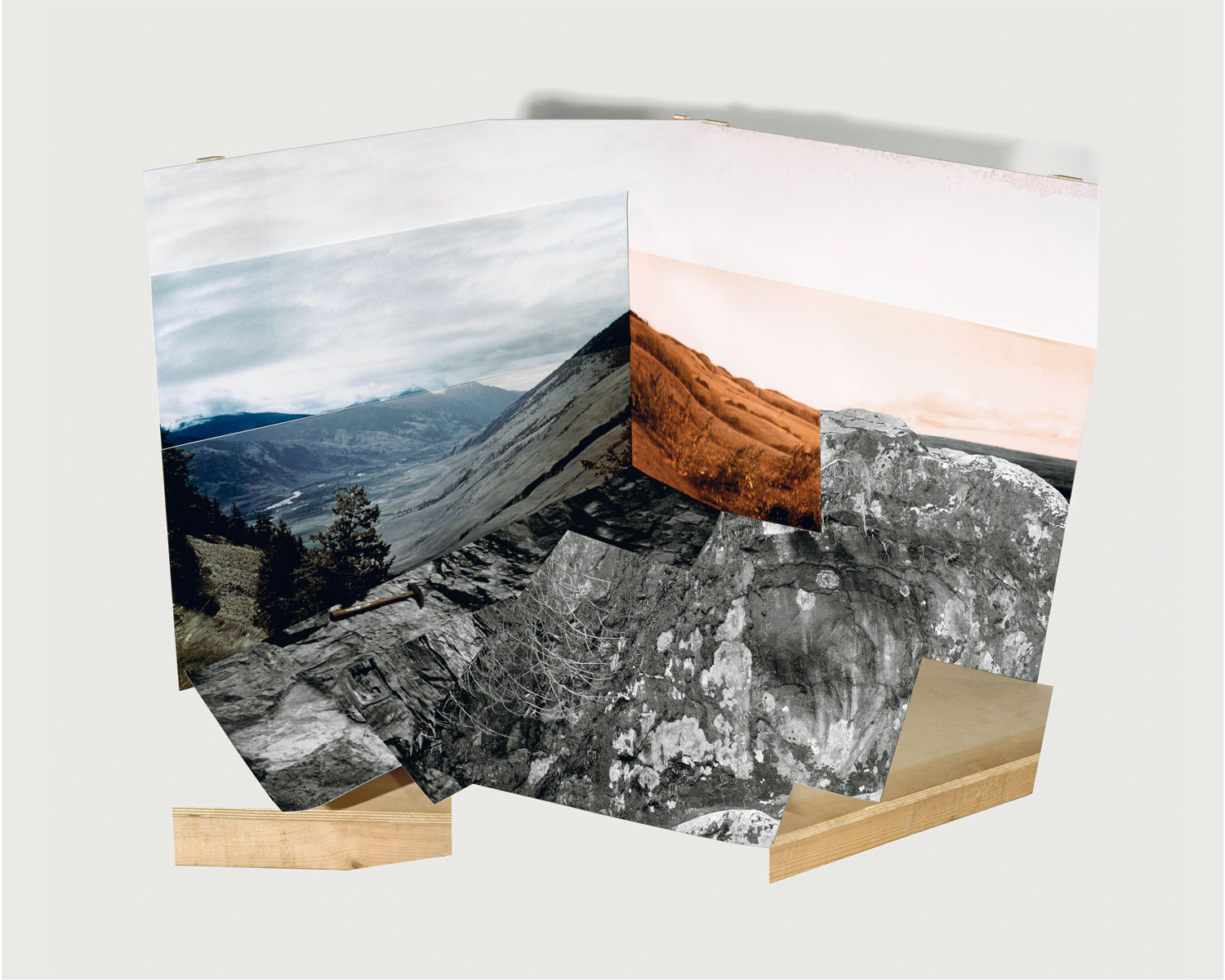

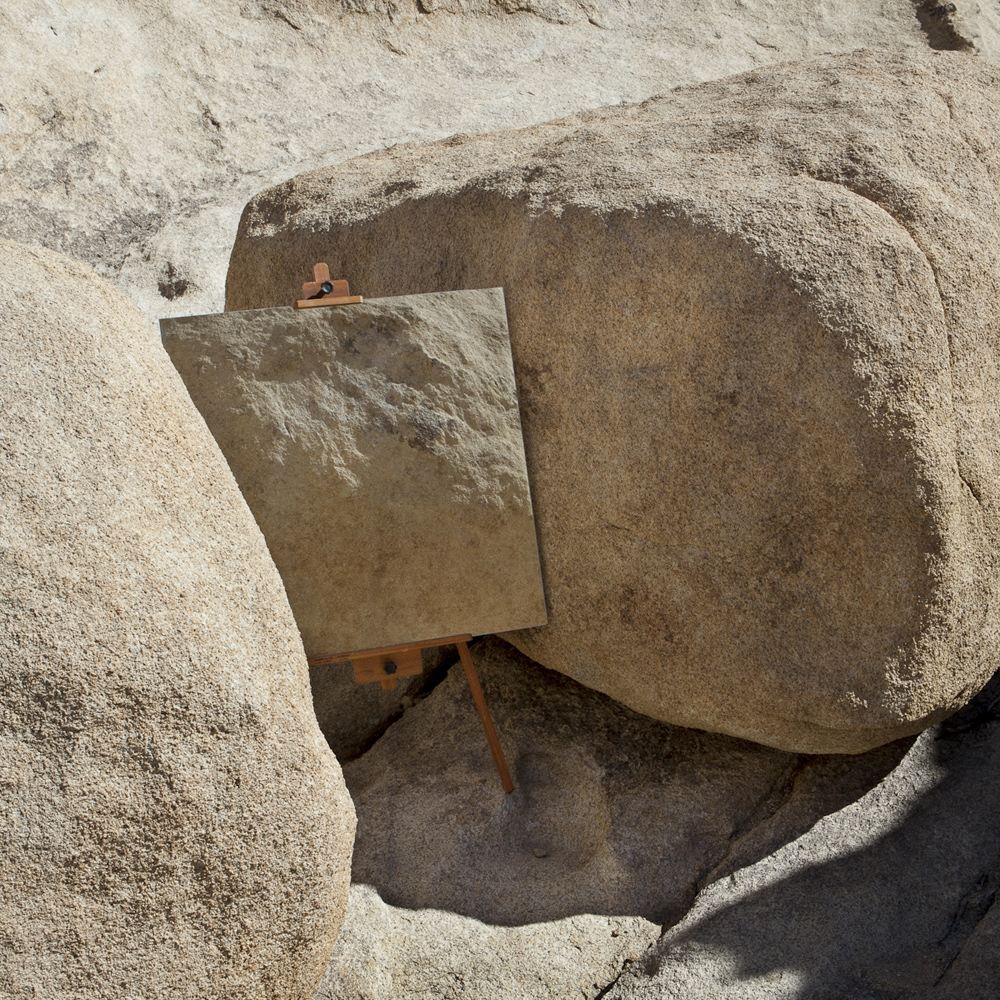
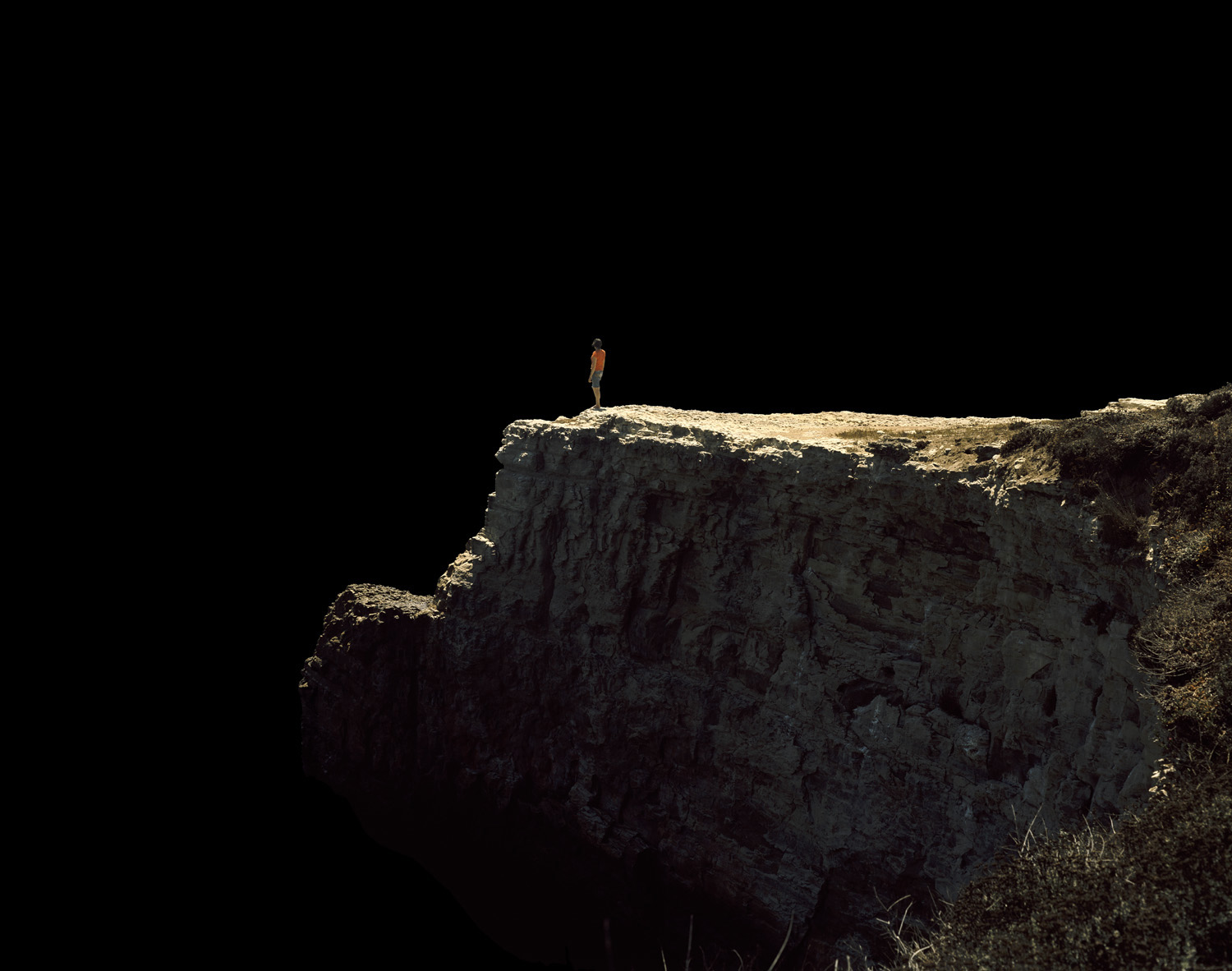
More Must-Reads from TIME
- Donald Trump Is TIME's 2024 Person of the Year
- Why We Chose Trump as Person of the Year
- Is Intermittent Fasting Good or Bad for You?
- The 100 Must-Read Books of 2024
- The 20 Best Christmas TV Episodes
- Column: If Optimism Feels Ridiculous Now, Try Hope
- The Future of Climate Action Is Trade Policy
- Merle Bombardieri Is Helping People Make the Baby Decision
Contact us at letters@time.com